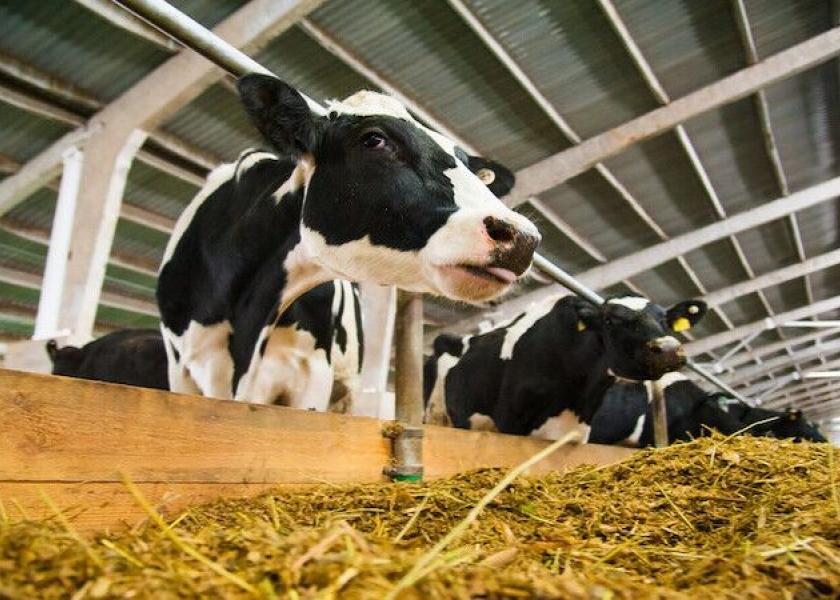Harvest Stalklage the Right Way For Dairy TMRs

Harvesting corn stalks as ‘stalklage’ rather than in big bales offers better feeding opportunity because it is usually more palatable and more easily incorporated into total mixed dairy rations.
Successfully preserving stalklage is not that different from making good corn silage or haylage. But to do it correctly requires some adjustments, say Matt Dingman and Kevin Shinners, both with the University of Wisconsin’s Department of Biological Systems Engineering.
“Ideally, stalklage should have moisture levels in the mid-60% range,” says Dingman. “Stover moisture is primarily located in the bottom half of the stalk, so using a windrow stalk shredder is a good approach for harvest.
“Chopping and shredding the crop too low can result in unwarranted soil contamination, which can increase harvester wear and displace nutrients in the animal’s diet,” he says. “When chopping the windrows, set the harvester’s windrow pick-up to have more ground clearance than you would harvesting haylage.”
Stalklage also dries down quickly, so harvest shortly after forming the windrows. If stalklage gets too dry, you can increase moisture by adding fresh alfalfa or forage sorghum. This can be a challenge, however, since it takes about a ton of alfalfa at 75% moisture to bring 2 tons of stalklage from 57% moisture to 63%, says Shinners.
He also notes that nitrates are usually concentrated in the bottom third of the stalk. So cutting higher can reduce nitrate load. The best practice is to test for nitrates after a complete cycle of fermentation, ideally more than 60 days, to ensure the forage is safe for feeding.
Because stalklage can be ragged and difficult to pack to minimize oxygen infiltration, harvest it at a shorter chop length they you would corn silage, say the engineers. “If it is more finely chopped, you may find it better to store this material in a bag rather than a bunker silo,” says Shinners.
For more detail, go here to an article recently published by VitaPlus.







